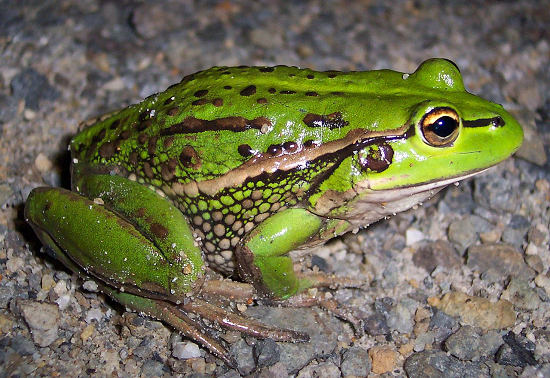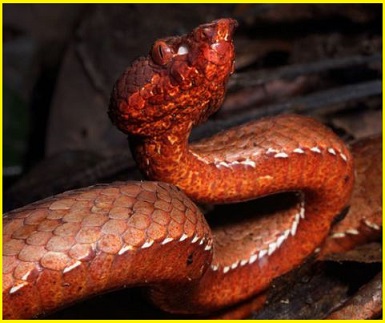Updated By: LatestGKGS Desk
Biology: Frog belong to class Amphibia of phylum Chordata

Biology: Frog belong to class Amphibia of phylum Chordata and all organ system of frog
Frogs can live both on land and in freshwater and belong to class Amphibia of phylum Chordata. The most common species of frog found in India is Rana Tigrina. They do not have constant body temperature i.e., their body temperature varies with the temperature of the environment.
Such animals are called cold-blooded or poikilotherms. You might have also noticed changes in the color of the frogs while they are in grasses and on dry land. They have the ability to change the color to hide them from their enemies. This protective coloration is called mimicry.
The skin of the frog is smooth and slippery due to the presence of mucus. The skin is always maintained in a moist condition. The color of the dorsal side of the body is generally olive green with dark irregular spots. On the ventral side, the skin is uniformly pale yellow. The frogs never drink water but absorb it through the skin.
The body cavity of frogs accommodates different organ systems such as digestive, circulatory, respiratory, nervous excretory and reproductive systems with well-developed structures and functions. The digestive system consists of the alimentary canal and digestive glands.
The alimentary canal is short because frogs are carnivores and hence the length of intestine is reduced.


